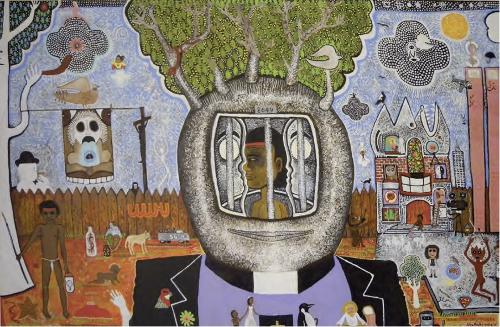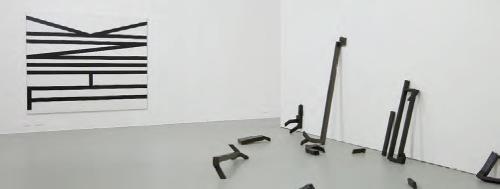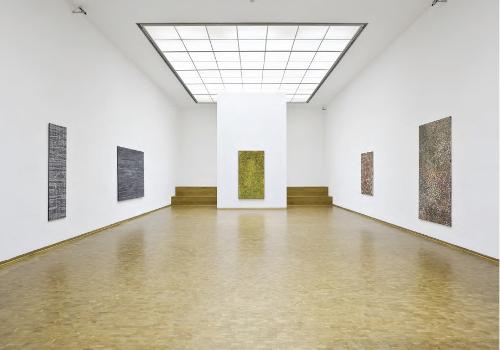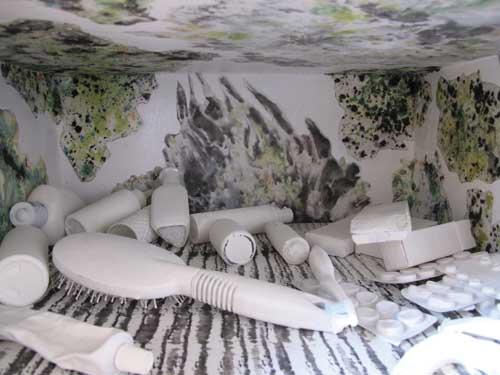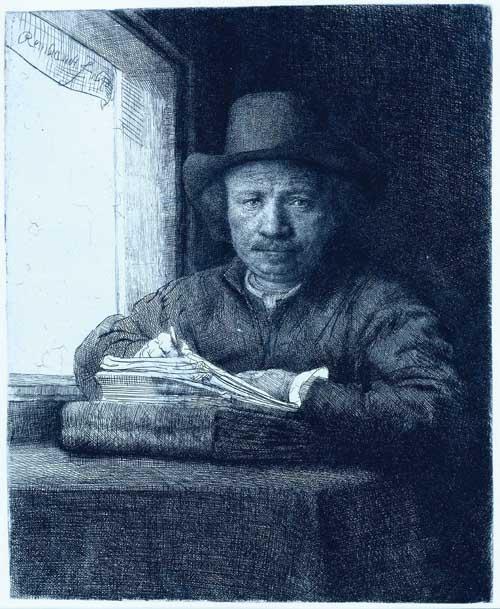Victorian Indigenous Art Awards 2011
Article on VIAA, Indigenous arts in Victoria – from the VIAA Curator.
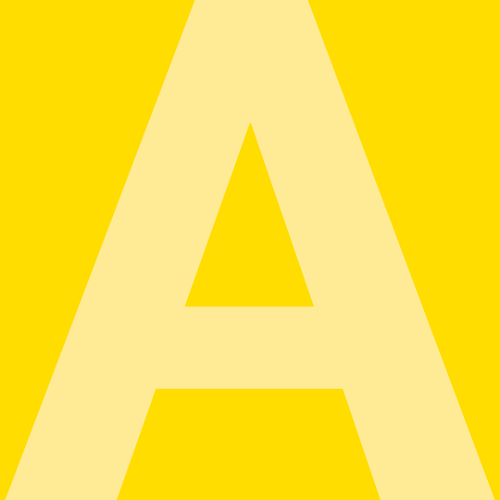
Freelance curator, honorary associate of Museum Victoria and Blandowski-ite from way back John Kean analyses this prickly Prussian polymath's Illustrated Encyclopedia on Australia at last brought together and to light by the efforts of New Zealander Harry Allen. The book includes contributions by Mark Dugagrist, Brook Andrew, Luise Hercus and Thomas A. Darragh.
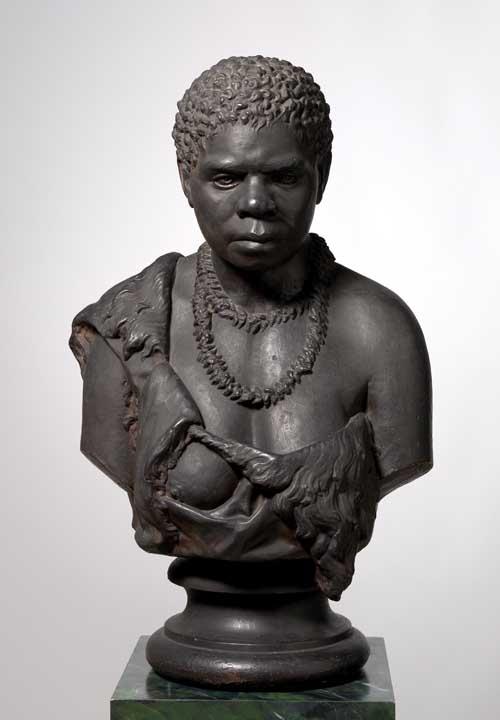

Ulli Beier (1922-2011) I remember a Yoruba saying that Ulli often quoted: “If an old man dies, you shall not weep but congratulate his family for that his life has come full circle.”
